Breaking News


Popular News

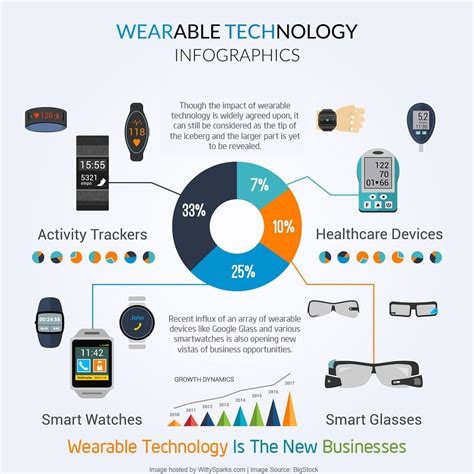
Discover the evolution, trends, and impact of wearable technology on health and lifestyle. Explore future innovations in the booming wearable tech market.In today’s fast-paced and technology-driven world, wearable technology has become increasingly popular among consumers. From smartwatches to fitness trackers, the evolution of wearable devices has revolutionized the way people interact with technology on a daily basis. In this blog post, we will explore the growing trend of wearable tech and its impact on consumer behavior.
We will start by delving into the introduction of wearable technology, understanding how these devices have become an integral part of our lives. We will then look at the evolution of wearable devices, from their humble beginnings to the cutting-edge technology that we see today. Additionally, we will explore the current trends in the wearable tech market and how consumers are adopting these devices into their everyday lives. Furthermore, we will analyze the impact of wearable tech on health and its influence on lifestyle choices. Finally, we will discuss the potential future innovations in wearable technology and how they will continue to shape consumer behavior. Join us as we unravel the exciting world of wearable technology and its implications for the future.
Contents
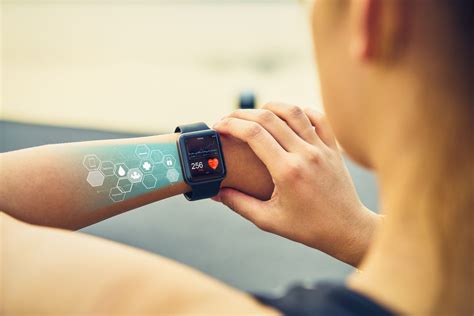
The introduction to wearable technology marks the beginning of a new era in the world of digital innovation. Wearable devices are electronic gadgets that can be worn on the body as accessories or integrated into clothing. These devices are designed to perform a variety of functions ranging from tracking fitness activities to monitoring health metrics. With the advancement of technology, wearable devices have become more sophisticated and versatile in terms of features and capabilities.
One of the key aspects of wearable technology is its ability to seamlessly integrate with our daily lives. The convenience and accessibility of wearable devices have made them increasingly popular among consumers. Evolution of wearable devices has paved the way for a wide range of applications, including in the fields of healthcare, sports, fashion, and entertainment.
As the trends in wearable tech market continue to evolve, it is important to understand the impact of these devices on consumer behavior. The adoption of wearable technology has significantly altered the way individuals interact with digital information, manage their health, and engage in daily activities. Its influence on consumer behavior is reshaping the way people perceive and utilize technology in their lives.
The future of wearable technology holds great promise as advancements in materials, design, and functionality continue to drive innovation in this space. With the potential for even greater integration and personalization, wearable devices are poised to further impact consumer behavior and preferences in the years to come.
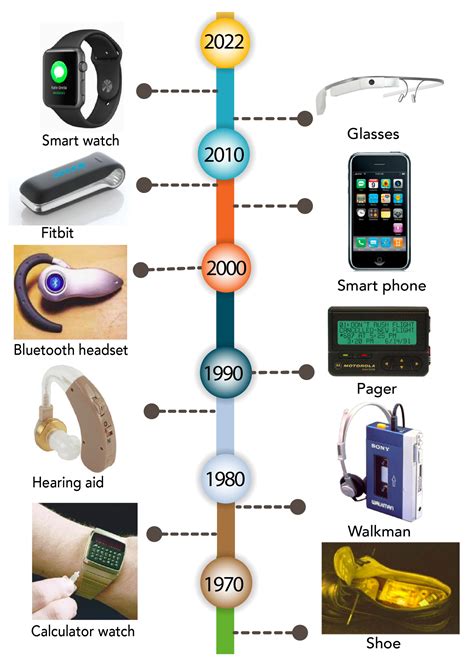
From the advent of the first wristwatch in the 19th century to the modern smartwatches and fitness trackers of today, wearable devices have come a long way in terms of technology and functionality. The evolution of wearable devices can be traced back to the early pedometers and heart rate monitors, which were bulky and limited in their capabilities.
However, with advancements in miniaturization and sensor technology, wearable devices have become more sophisticated and compact. The introduction of the first smartwatch by Pebble in 2013 marked a significant milestone in the evolution of wearables, offering users the ability to receive notifications, track fitness metrics, and even make payments directly from their wrist.
As consumer demand for more versatile and stylish wearables grew, tech companies began to experiment with new form factors and materials, leading to the development of sleek, customizable devices that seamlessly blend fashion and function. Today, wearable devices are not only capable of tracking health and fitness data, but also serve as fashion accessories and productivity tools.
The evolution of wearable devices has also seen a shift towards integration with other smart devices, such as smartphones and smart home systems. This interconnected ecosystem of devices has enabled seamless data sharing and enhanced user experiences, paving the way for a future where wearables will play an even more integral role in our daily lives.
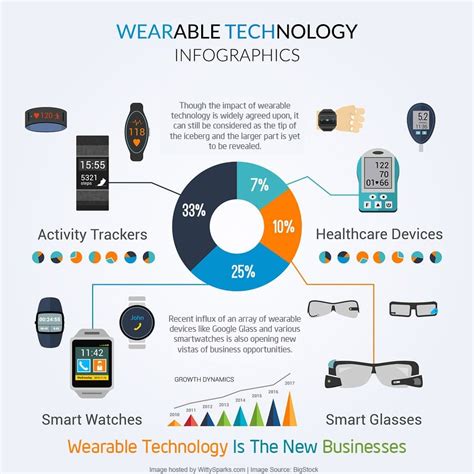
The wearable tech market has been experiencing significant growth in recent years, with more and more consumers embracing the convenience and functionality of these devices. One of the key trends in the wearable tech market is the rise of smartwatches, which have become increasingly popular among consumers as they offer a wide range of features including fitness tracking, notifications, and even mobile payments. Another trend is the integration of wearable devices with healthcare and wellness, as consumers become more health-conscious and seek ways to track and improve their fitness levels.
In addition to this, there has been a growing interest in wearable devices for children, with companies launching devices specifically designed for kids that offer features such as location tracking and communication with parents. Moreover, there is a trend towards the development of more stylish and fashion-forward wearable technology, as companies recognize the importance of aesthetics in consumer adoption of these devices. Furthermore, the growing demand for augmented reality (AR) and virtual reality (VR) experiences has also led to an increase in the use of wearable devices that provide immersive and interactive experiences.
Overall, the wearable tech market is constantly evolving to meet the changing needs and preferences of consumers, and we can expect to see further advancements and innovations in the future. As the technology continues to improve and become more integrated into everyday life, it is likely that wearable devices will become even more prevalent and indispensable for consumers.
It is clear that the wearable tech market is poised for continued growth and expansion, and with the ongoing advancements in technology, we can anticipate exciting developments in the coming years.
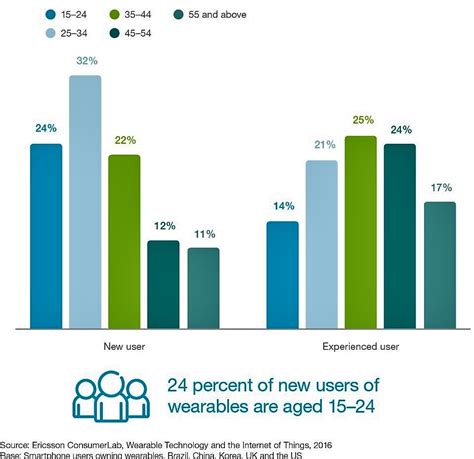
The adoption of wearable devices among consumers has seen a significant rise in recent years. People are increasingly incorporating these technological gadgets into their daily lives, whether it’s for fitness tracking, communication, or entertainment purposes. Wearable technology has become more accessible and user-friendly, leading to a surge in consumer interest and demand.
One of the main reasons for the widespread adoption of wearables is the increasing focus on health and wellness among consumers. Fitness trackers and smartwatches have gained popularity as people become more conscious about monitoring their physical activity and managing their health parameters. The convenience and real-time data provided by these devices have made them indispensable tools for individuals striving to lead a healthier lifestyle.
In addition to health and fitness benefits, the integration of wearable technology into fashion and everyday accessories has also played a significant role in consumer adoption. Wearable devices are no longer seen as bulky, geeky gadgets; instead, companies are designing them as sleek, stylish accessories that appeal to a broader audience. This emphasis on design and aesthetics has made wearables more attractive to fashion-conscious consumers, leading to greater acceptance and integration into daily routines.
The growing availability of a variety of wearable devices and the technology’s evolving capabilities continue to drive consumer adoption. As companies innovate and introduce new features and functionalities, consumers are more likely to consider wearable technology as an essential part of their lives, further fueling the adoption of these devices.
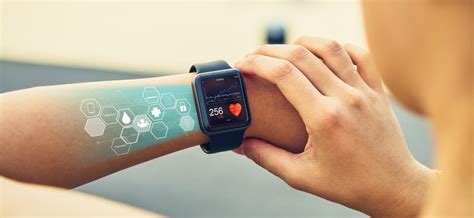
Wearable technology has revolutionized the way we monitor and manage our health. These innovative devices have made it easier for individuals to track their fitness goals, keep an eye on their activity levels, and even monitor their vital signs. The impact of wearable tech on health has been significant, with an increasing number of people turning to these devices to take control of their well-being.
One of the key benefits of wearable tech is its ability to provide real-time data on various health metrics. Whether it’s tracking heart rate, sleep patterns, or calorie intake, these devices offer valuable insights into an individual’s overall health. This wealth of information empowers users to make informed decisions about their lifestyle and health habits, ultimately leading to better choices and improved well-being.
Furthermore, wearable technology has played a crucial role in promoting physical activity and encouraging healthier habits. With features such as step tracking, workout logging, and goal setting, these devices act as constant reminders to stay active and maintain a balanced lifestyle. This has led to a positive shift in consumer behavior, with more people taking an active interest in their physical well-being and striving to lead healthier lives.
In addition to promoting general health and fitness, wearable tech has also made significant strides in the medical field. The integration of advanced sensors and monitoring capabilities has allowed for the development of innovative health tracking solutions, particularly for individuals with chronic conditions or special medical needs. From continuous glucose monitoring for diabetics to remote patient monitoring for those with heart conditions, wearable devices have opened up new possibilities for personalized healthcare and improved management of chronic illnesses.
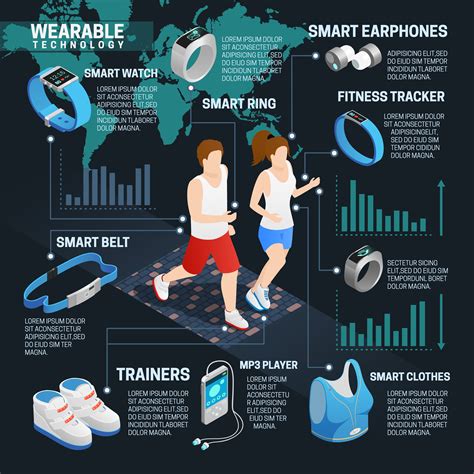
Wearable devices have become an integral part of our daily lives, impacting our lifestyle in various ways. From fitness trackers to smartwatches, these devices have seamlessly integrated into our routines, influencing the way we approach fitness, health, and even social interactions.
One of the key benefits of wearable technology is its ability to promote a more active lifestyle. With the help of fitness trackers, individuals are encouraged to meet their daily activity goals, leading to increased physical activity and healthier habits. The real-time feedback provided by these devices serves as a constant reminder to stay active, ultimately contributing to a more health-conscious lifestyle.
Moreover, wearable devices have also reshaped the way we manage our time and stay connected. Smartwatches, for instance, allow users to conveniently access notifications, calls, and apps on the go, reducing the need to constantly check their phones. This seamless integration of technology into daily life not only enhances convenience but also fosters a more balanced and efficient approach to digital communication.
In addition, the influence of wearable devices extends beyond individual users, impacting social dynamics and community engagement. The sharing of fitness achievements and challenges on social platforms through these devices has created a sense of community and healthy competition, motivating individuals to strive for their wellness goals while staying connected with others.
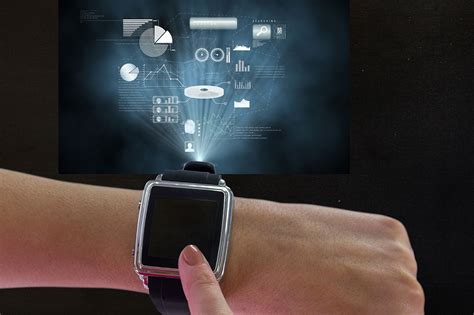
Future Innovations in Wearable Technology
Wearable technology has come a long way from its inception, and as technology continues to advance, so do the possibilities for future innovations in this ever-growing industry. From smartwatches to fitness trackers, the evolution of wearable devices has been on an upward trajectory, offering consumers new and exciting ways to integrate technology into their daily lives. As the demand for wearable tech continues to rise, companies are constantly looking for ways to stay ahead of the curve by developing new and innovative products that cater to the needs and preferences of consumers.
One of the future innovations in wearable technology that has been gaining momentum is the development of smart clothing. These garments are embedded with sensors and other electronic components, allowing them to track various biometric data such as heart rate, temperature, and even muscle activity. This type of technology has the potential to revolutionize the way athletes and fitness enthusiasts monitor their performance and overall health, providing valuable insights that can help them optimize their training regimens and prevent injuries.
Another exciting development in the world of wearable technology is the integration of augmented reality (AR) and virtual reality (VR) into wearable devices. This technology has the potential to completely transform the way we interact with the digital world, offering immersive experiences that can be used for entertainment, education, and even work-related tasks. With the development of AR and VR headsets, consumers can look forward to a whole new level of engagement and interactivity, blurring the lines between the physical and digital realms.
Moreover, the future of wearable technology also holds great promise for the healthcare industry. With the increasing prevalence of chronic diseases and the need for remote patient monitoring, wearable devices have the potential to play a significant role in improving the management of health conditions. For instance, the development of wearable biosensors and continuous glucose monitors can provide valuable data to healthcare professionals, allowing for more personalized and effective treatment plans for patients with chronic illnesses.

What is wearable technology?
Wearable technology refers to electronic devices that can be worn on the body, either as an accessory or as part of clothing, and are equipped with advanced features and functions.
What are some examples of wearable technology?
Examples of wearable technology include smartwatches, fitness trackers, virtual reality headsets, and smart clothing.
How is wearable technology impacting consumer behavior?
Wearable technology is impacting consumer behavior by providing personalized data, encouraging healthier lifestyles, and changing the way people interact with technology.
What are the potential future developments in wearable technology?
Future developments in wearable technology may include advancements in health monitoring, integration with augmented reality, and more innovative designs.
What are the benefits of wearable technology for consumers?
The benefits of wearable technology for consumers include convenience, improved health and fitness tracking, and access to real-time information.
What are the concerns surrounding wearable technology?
Concerns surrounding wearable technology include privacy implications, data security, and potential overreliance on technology.
How can businesses leverage wearable technology to engage with consumers?
Businesses can leverage wearable technology to engage with consumers by offering personalized experiences, targeted advertising, and seamless integration with other products and services.